
More and more people are looking to retire in another country. Their reasons are diverse. Sometimes, they want to live in a climate that suits them better. Sometimes, they’re looking for a place where their pension lasts longer. Sometimes, they visited a country many times before, fell in love with it and would like to spend their remaining years there.
Most countries have special immigration laws for retirees and Peru is no exception. In this article, we are going to discuss what is required to be granted a rentista visa for Peru and which rights and duties it implies. We will also introduce the five most popular ex-pat places in Peru and discuss the necessity of having to speak Spanish.
What are the requirements to obtain a retirement visa for Peru?
In order to qualify for a rentista visa in Peru, you need to prove that you receive a regular and permanent income of at least USD 1,000/month. As a US citizen, this can be done by handing in an apostilled social security certificate, for example. Please note, that an apostille is only valid for six months, so make sure that you don’t get it too early. If you have a spouse or children you would like to incude, you also need an apostilled marriage certificate and/or apostilled birth certificates of your children. The required proof of income rises by USD 500/month for every dependent person.
How long does it take for my visa to be approved?
Once you have gathered all your documents and have them translated into Spanish, you can send them to our office and we will check if everything is correct. This can be done while you’re still in your home country. In addition to the apostilled documents mentioned above, we will also need a copy of your passport. Please make sure that all personal information on your proof of income matches exactly the information in your passport. Peruvian authorities won’t accept an apostilled document issued for Robert Miller if your passport identifies you as Robert W. Miller.
If all your documents are complete, you can come to Peru with a tourist visa. You will need to do your Interpol registration and check-up and open a bank account. We will assist and accompany you during this process. Once you have your Peruvian bank account, you will need to transfer the exact amount you’re going to receive in the future. Proof of that first bank transfer will be part of your visa application.
After those first steps in Lima that usually take just a couple of days, you are free to go wherever you like in Peru. The Peruvian immigration authorities normally take two to three months to process your visa application and approve it. Once it is approved, you will have to come to Lima again to pick up your Peruvian ID card for foreigners.
Which rights and duties do I have with a rentista visa in Peru?
Incoming payments
A retirement visa for Peru is permanent and can only be revoked if the immigration authorities request your bank account statements and don’t see any regular incoming monthly payments. It’s your duty to make sure that at USD 1,000 are transferred to your Peruvian bank account every month
Minimum duration of stay in Peru
A rentista visa doesn’t require you to spend a minimum of time in Peru each year. If something happens in your home country and you need to go there for a couple of months, that’s absolutely no problem at all. You will not lose your residence permit for Peru.
Working in Peru
With a rentista visa, you are not allowed to work in Peru. However, you’re free to engage in social activities as a volunteer and can also continue working for a company outside Peru, no matter if it’s your own company or if you’re employed by someone else.
Do you still have doubts or questions about retirement in Peru or do you need personalized information about how to become a resident in Peru?
How important is a good command of Spanish when retiring in Peru?
In the beginning, you don’t need to speak Spanish as we will guide you through the whole application process. However, if you plan to live in Peru permanently and don’t want to spend all your time in an expat bubble, you should learn the language. There are language schools in all bigger cities like Lima, Cusco or Arequipa or you can learn online using a platform like italki.com, for example. Peruvians speak a pretty clear and easy-to-understand Spanish and the languages is one of the easiest to learn for English native speakers.
How to choose where to live in Peru as a pensioner
Peru is a big country with three different regions:
- The coastal region with its desert climate and a tropical north with rainy and dry seasons. Most Peruvians live in cities along the coast. About one third of the population lives in the capital Lima.
- The Andean region with its beautiful mountains, high altitudes, a humid summer and a dry winter.
- About two thirds of Peru’s territory are covered by rain forests but only 10% of the population live here.
If you prefer to live in a modern environment, you will probably decide to stay at the coast, preferably close to Lima.
If you’re more into nature and beautiful sceneries, a place in the Andes will fit your requirements best.
And if you’re looking for warm temperatures at all times, then a jungle city might be your best choice.
As the holder of a Peruvian rentista visa, you can certainly move freely inside the country.
Access to good and reliable health care may influence your decision. Living in a remote jungle or mountain village might not be the best idea if you regularly need to see a doctor and have pre-existing health issues.
For some people, it’s also important that there is an expat community. They like to make friends with other people from their home country.
Another important matter is cost of living. The USD 1,000/month that are required to get your visa will allow you to live anywhere in Peru but especially in Lima, it’s not sufficient to live comfortably in one of the nicer (and safer) neighbourhoods.
The 5 best cities for retirement in Peru
Lima
Lima is Peru’s capital with a population of more than 10,000,000 people. It’s situated beautifully at the Pacific ocean. Lima has the reputation of being Latin America’s food capital and is home of some of the world’s best restaurants. The city has a thriving community of expats with many of them living in the neighbourhoods of Barranco, Miraflores or San Isidro.
Cusco and the Sacred Valley
While Cusco is located at an elevation level of about 3400 meters (app. 11,100 feet), the majority of the places in the Sacred Valley are situated at under 3,000 meters or 10,000 feet which not only makes it easier to supply your body with enough oxygen but also comes with warmer weather. Expats from all over the world live in Cusco and the surrounding villages. However, you’ll also find traditional Peruvian culture. The further away you are from Cusco, the less likely it becomes that people speak English and you will also meet a lot of native Quechua speakers.
Arequipa
Arequipa is another Andean city, situated in the south of Peru and with an elevation level of just 2,335 meters (7,660 feet). With its huge white cathedral and a beautiful plaza de armas (main square), it’s one of Peru’s most charming cities and the second largest with about 1,000,000 inhabitants. The city skyline is dominated by three volcanoes. Arequipa has a mild climate with little changes of temperature over the course of the year but the temperature drops significantly at night. Arequipa also has the highest levels of solar radiation in Peru so make sure to use sunscreen.
Máncora and surroundings
If you rather spend your time on the beach, Máncora and its surroundings could be your perfect retirement place. All cities and villages north of Máncora have warm and tropical weather all year round.
Tarapoto
Tarapoto is another city for people who prefer warm weather. The city is situated in the low jungle, about 1,000 km north of Lima. There are several waterfalls and lagoons near the city. Tarapoto is becoming increasingly popular among expats.
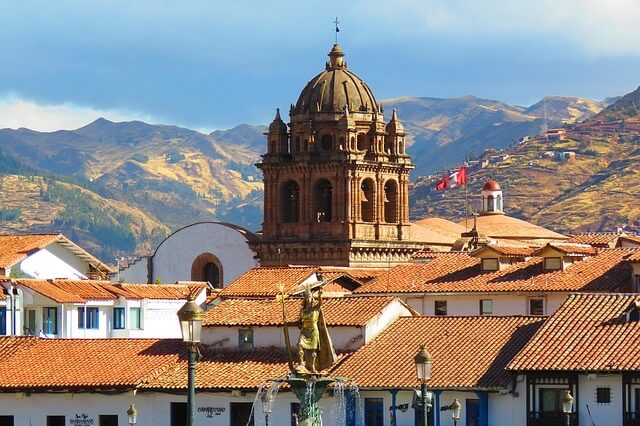
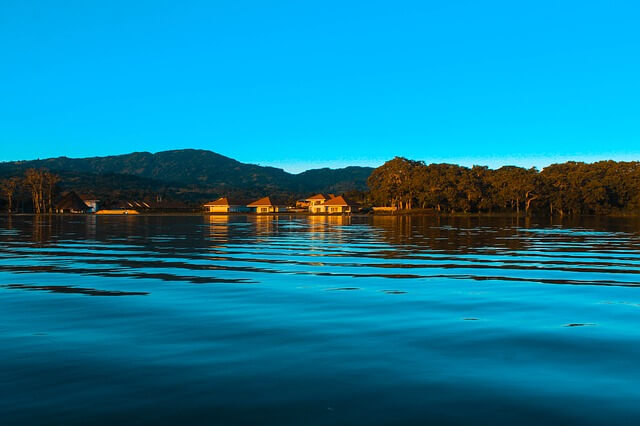
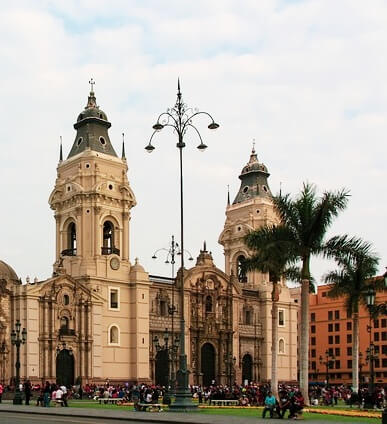
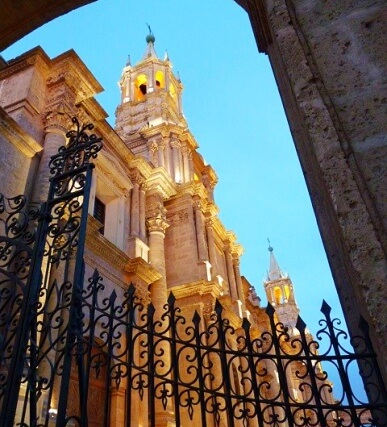
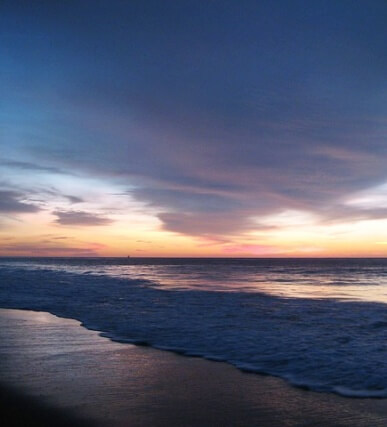

There is one elephant in the room regarding the retirement visa. Proof that the pension money is entering Peru through a Peruvian bank is required. But I cannot open a bank account in Peru until I already have my retirement visa (or my carné de extranjería). In other words this requirement for obtaining à retirement visa is per se impossible to fulfill.
Thanks for your comment, Jack. It is part of our services to help our clients open a bank account BEFORE they get their residence permit.